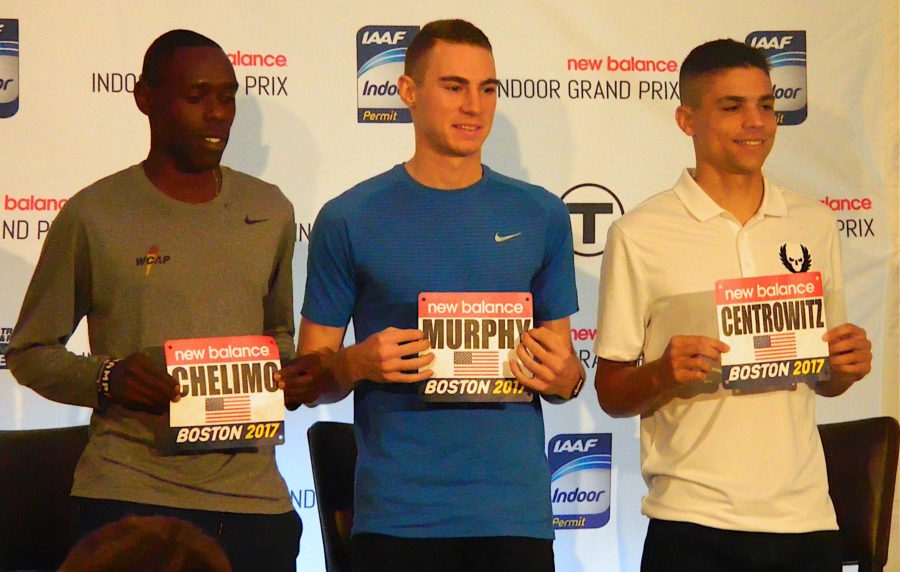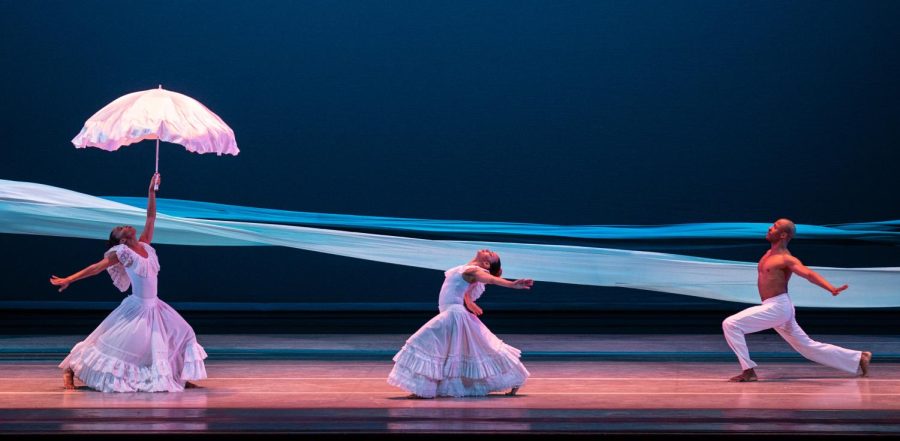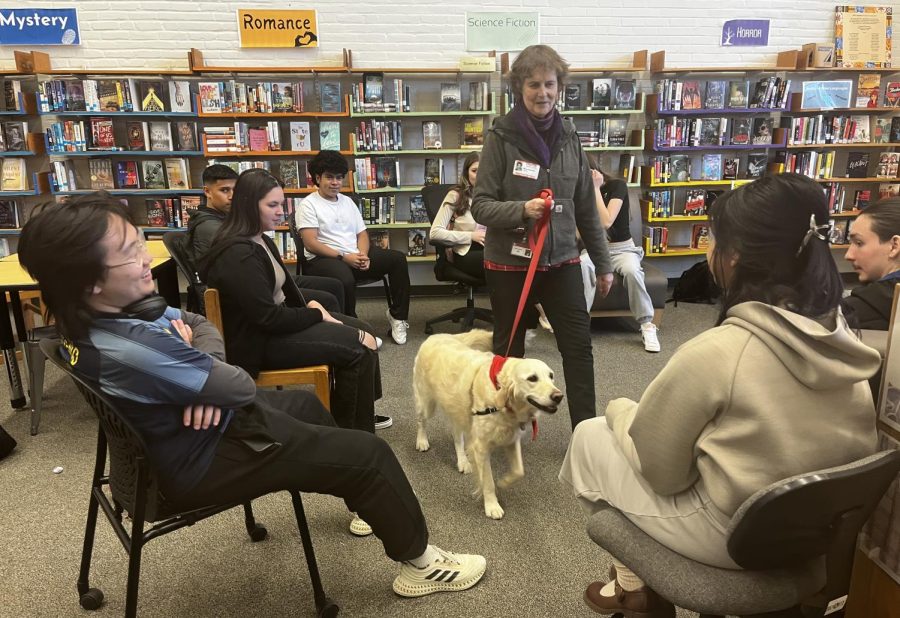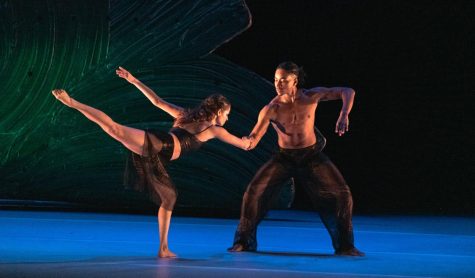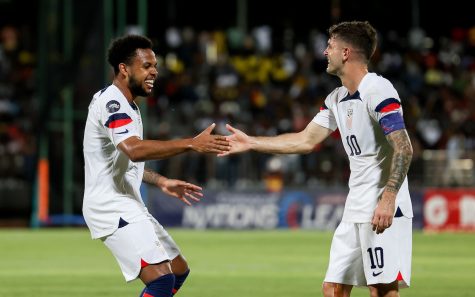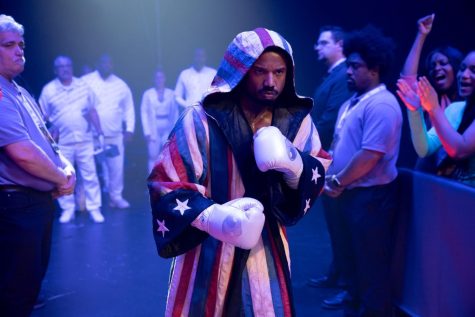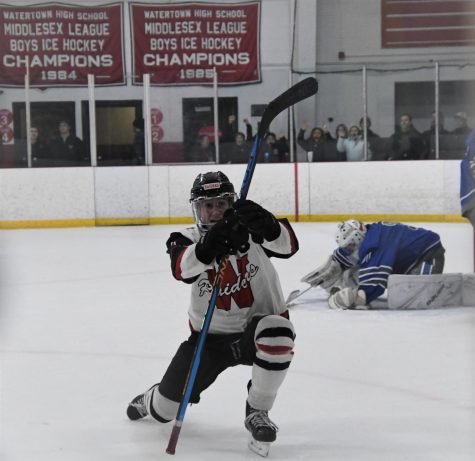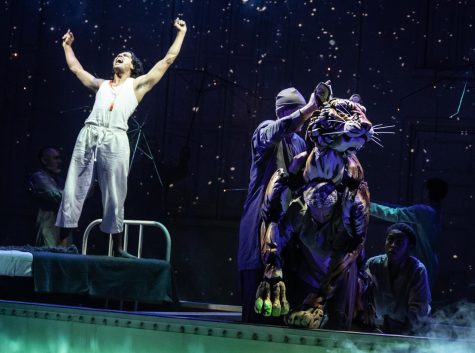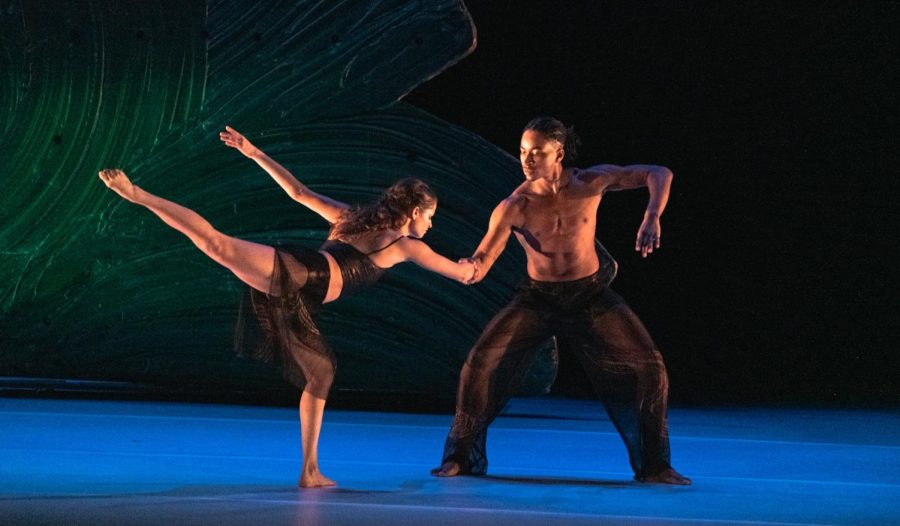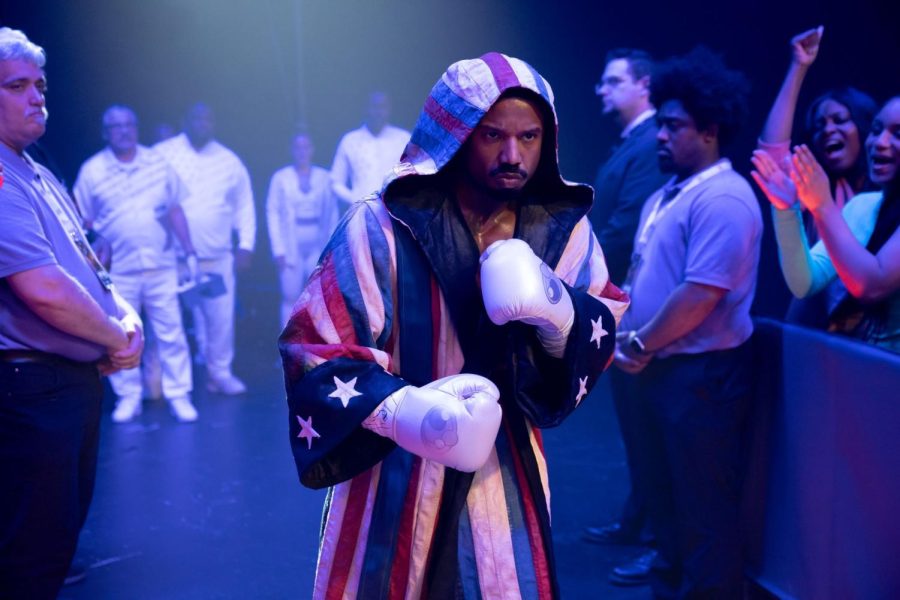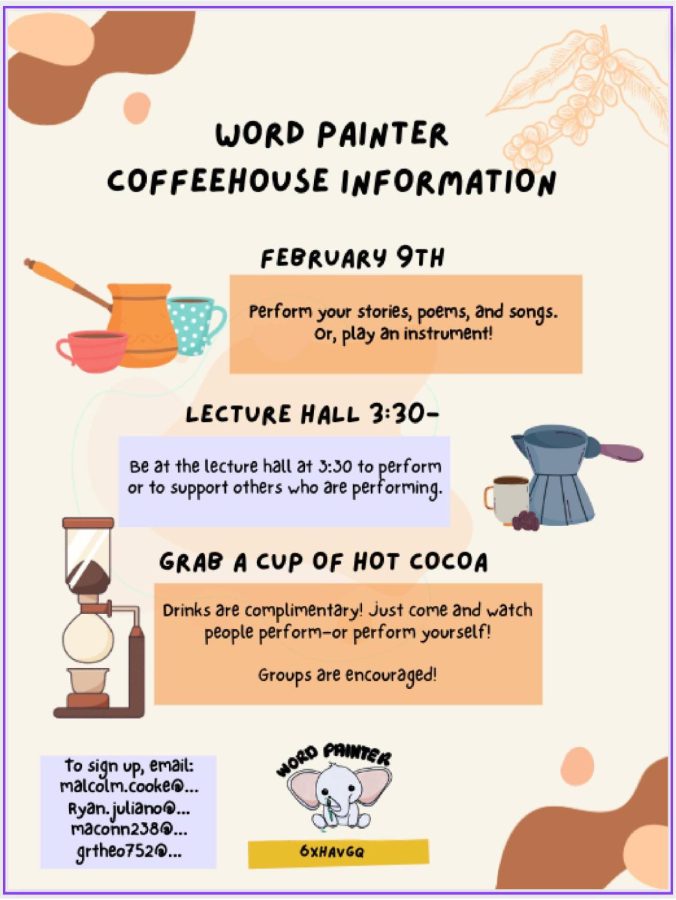Olympic medalists retrace their steps
Matthew Centrowitz, Paul Chelimo, and Clayton Murphy talk about the road to Rio and the path to the New Balance Indoor Grand Prix in Boston
April 13, 2017

You’ve seen them on television in the Rio Olympics last summer. Each had their moment of glory: winning an olympic medal. But did you ever wonder what they were thinking in those moments, or what they were doing when they were our age?
At a press conference before the kickoff of the 2017 New Balance Indoor Grand Prix in Boston, American Olympic medalists Matthew Centrowitz, Paul Chelimo, and Clayton Murphy opened up about their mind-sets in the Olympics, their goals for the upcoming season, and advice for future runners.
On Aug. 20, 2016, Centrowitz etched his place in history with his victory in the 1,500-meter final. The first American to win gold in the event since 1908, he talked about the final lap of the race where he broke away from the pack in a blistering 50.6 seconds.
“You can always feel someone come up on you, running on your shoulder,” he said. “A lot of times too you’ll be using your peripheral vision to see if someone is coming up on you. But certainly at the bell when [Abdalaati] Iguider tried coming around me I felt him, and I figured once I held him off I had about 100 meters to hold that position until someone else came up … I pretty much just wanted to beat everyone to the corner and make it more difficult for them to go around me.”
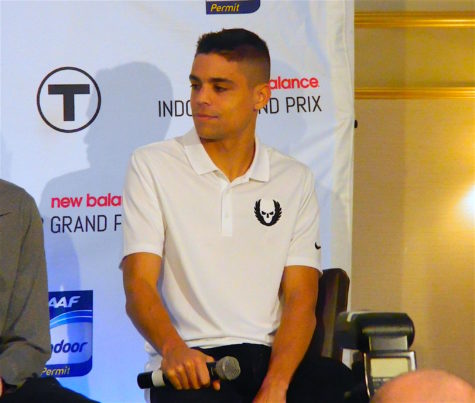
Centrowitz also talked about his motivation when he went for the Olympic gold. He said, “had I gotten a medal in 2012 I don’t know if I would have been quite as hungry, certainly it was in the back of my head the last four years, and definitely wet my appetite for the Rio Olympics.”
Back at the Summer Games in London four years previously, Centrowitz came in fourth place, missing the podium and a medal by just 0.04 seconds. The next four years were a show of dominance by Centrowitz, with him picking up medals for the 1,500-meter run in the 2011 and 2013 World Championships. He also won gold in the winter before the Rio Games at the 2016 World Indoor Championships.

Murphy won bronze for the USA in the 800-meter race. At 21 years old, Murphy was one of the younger olympians there, giving more insight into his running during his high school and collegiate year. Murphy attended Tri-Village High School in New Madison, Ohio, where in 2013 he set the 1,600-meter state record for Division 3. After he went to the University of Akron, where he opened his college career by winning a 1,500-meter race and coming in second in a 3,000-meter race. Later, at the NCAA Division 1 championships, Murphy came in third in the 800. At the 2015 Pan-American Games, Murphy also came home with a gold in the 800.
Fast forward to the Olympic trials for Rio 2016, Murphy decided to run the 800. He had the other choice of running the 1,500. When asked why he made that decision, he told us, “I didn’t scratch [from the 1,500 meter] until the last possible minute. It was the decision where I qualified for the 800-meter, I made my goal of making the Olympic team and at that point … I just wanted to get ready for one race.”
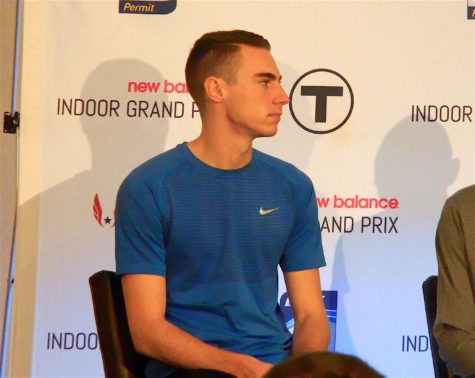
Murphy also explained how if he qualified in both events, running both races in Rio would be nearly impossible because of the timing and scheduling.
In the American trials, Murphy won the race in a time of 1:44.76, breaking away from fellow American Boris Berian to take home first place. Murphy now had his hard-earned spot on the US Olympic team.
In Rio, Murphy’s race started out at a blistering pace, running a 49.23 for the first lap. Murphy originally was in about fifth or sixth place when he started. His race contained David Rudisha, the finest 800-meter runner that there ever was.
Rudisha, a two-time Olympian, holds the current world record for the distance. The race was very fast, even for an 800-meter race, and many were jockeying for a position as the entered the second and final lap. From there, Rudisha broke away. Murphy was still in about fourth or fifth place as they blazed down the final turn of the track, but with barely 50 meters to go Murphy got loose and clinched his bronze medal.
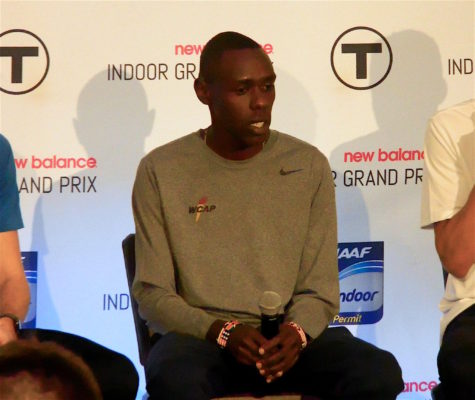
The third Olympic medalist in Boston was 26-year-old Paul Chelimo, who was born in Kenya. A successful runner in college, he became a citizen by joining the US Army. He still serves today as he is training for international competitions.
Chelimo came in third place during the US Olympic trials and moved on to Rio. He was vaulted into the spotlight when he took home the silver medal in the 5,000. With defending champion Mo Farah the heavy favorite, it seemed like the real battle would be for second and third place. Chelimo was in fact right with Farah coming onto the final 100-meter straightaway, when Farah pulled away by 0.6 seconds to claim gold. However, there was some confusion soon after the race finished, where Chelimo was initially disqualified for making physical contact with other runners. Being interviewed immediately after his run, Chelimo was visibly upset upon hearing the news.
When Chelimo was asked about the false disqualification he was given on the night he won silver, he recalled his disbelief on being informed he wouldn’t get his medal.
“Rio was my moment, you know. It was so heartbreaking,” he said. “I went out there and tried to do my best. Whatever I was doing in training was blood, sweat, and tears. I worked so hard to get where I was, and it took 30 minutes for what I had worked for for such a long time to be taken away from me. I didn’t want to let that happen, and I was ready to fight and get back my silver medal.”
The United States appealed the disqualification, and his medal was reinstated.

All three athletes spoke about their high school experiences and gave advice to aspiring track and cross country runners in terms of training and mentality. Murphy said that high school is a time for experimenting with the distance that you like, and challenging yourself to step out of your comfort zone.
“In high school for me, the competition wasn’t that great,” he said. “I came from a very small area… I learned how to compete and race the competition, and that’s a big part of it.”
Centrowitz took a different approach. He said his best advice for high schoolers would be to “be patient.”
He explained how back when he was in our position he wanted everything “now, now now,” in terms of times and workouts, but was lucky enough to have good coaching and guidance. He said it is “better to underdo it rather than overdo it.”
Chelimo thoughtfully reflected on his experiences as he gave his opinion.
“The big thing it to just train smart, don’t go out there and to crazy training, a lot of mileage, because if you do too much in the future it will just be junk mileage,” he said. “I’m a good example. I never ran in high school.”
For Chelimo, the secret is “just a matter of how you handle it and how you train… just train consistently.”
Chelimo added that training and going for a run should be looked at as a privilege, not a chore.
As these elite runners go around the international indoor circuit and prepare for the London 2017 World Championships this summer, they were good enough to give some time and meet with us individually to tell their stories about their mind-sets of the starting line, what they did after the Olympics, and so much more.
(Antonio Galang and Mousegh Monteiro of the Raider Times staff contributed to this report.)
–April 12, 2017–
